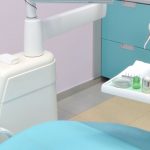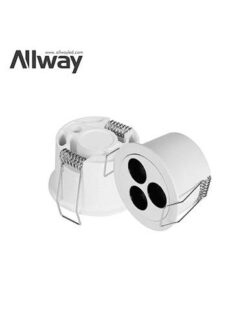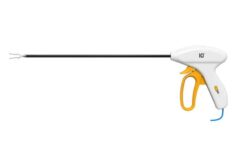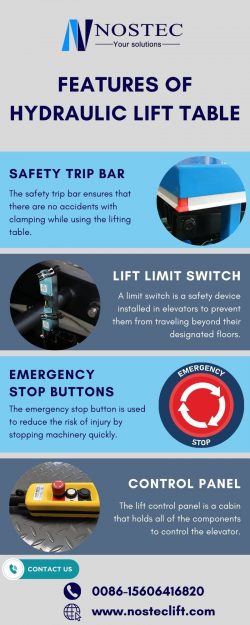Join minimal Sedation certification classes
Going to the dentist can be a source of fear for many people. Whether that is due to past experiences, fear of pain or an irrational fear, it can make the process unpleasant for the patient as well as the dentist.
If you are a dentist, you know how important it is to keep your patient happy, calm and sitting still. You want to be sure that you can see exactly what you are doing in order to prevent any mistakes or injury. If you are working with a patient that is having a hard time, what can you do to help them relax and have a better experience at the dentist? Is sedation dentistry safe?
What is minimal sedation?
Minimal sedation dentistry is the administration of anxiolytics, which are a type of medication, before an appointment or procedure. This is super beneficial for the patient AND the dentist because it allows the patient to be more relaxed and less fearful while still being fully conscious.
This may be a better option than other forms of sedation because the patient is able to drive themselves to and from the appointment and they don’t have to worry about a groggy period like you would sometimes have after IV sedation or laughing gas.
What to do before?
The best way to ensure success when it comes to administering medication and procedures is to be sure that you are doing your homework beforehand. Minimal sedation can be used on those of all ages, young and old. What you should do before you prescribe an anxiolytic is to find out whether it is compatible with their health and current medications. You should also have your patient fill out a form giving consent to the sedation. Give them a chance to ask any questions they may have and be sure that you both are on the same page when it comes to their sedation process.
During sedation
Though minimal sedation should not make your patient unconscious, you still should be monitoring them closely during the procedure or cleaning process. As with any procedure or medication, there is no way to completely eliminate risk, but with minimal sedation, the level of risk is low. Be sure to have a staff member help you monitor vital signs at all times during the process. This means blood pressure, heart rate and oxygen levels. It is a good indication of a problem if any of these go out of whack.
Risks
Like mentioned earlier, there are few risks associated with minimal sedation dentistry. If you are stuck wondering, “is sedation dentistry safe?” you will be glad to know that it is low risk. What does come with it are some minor symptoms your patient could potentially feel afterward. This could include dizziness, nausea, vomiting or drowsiness. The benefits of minimal sedation often outweigh the potential of these small side effects for patients and dentists alike.
So, is sedation dentistry safe? Overall, there are very few risks associated with this practice, although you can never be 100% there will not be any issues. If you want to help relieve your patients of fear and anxiety from heading to your dental practice, look into getting certified for minimal sedation dentistry. Contact Midwest Sedation Consultants today to learn about how to get certified, what courses we have available and to ask any questions you may have.




























































